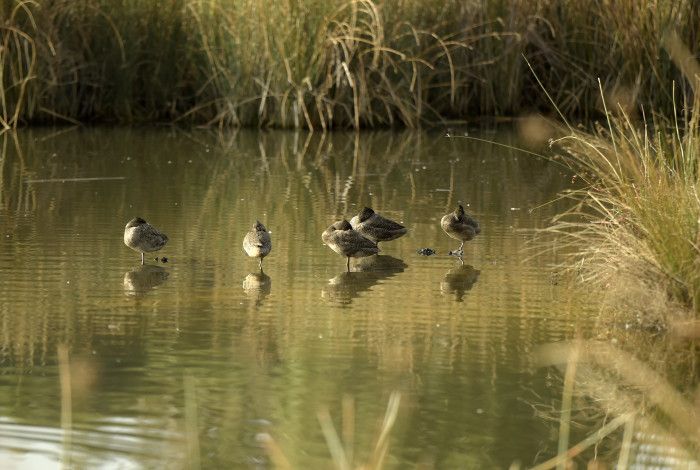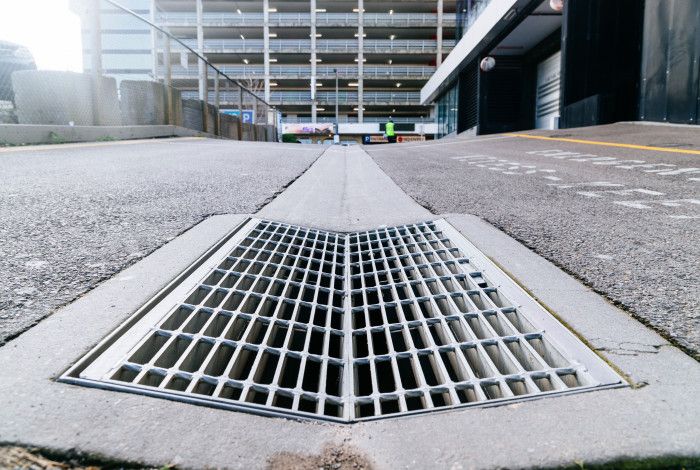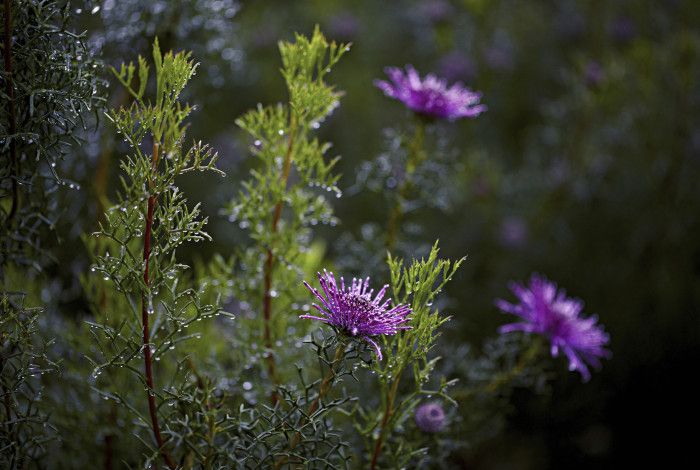Water Sensitive Urban Design (WSUD) is a collection of planning and design responses that offer an environmentally sustainable alternative to the traditional method of stormwater management. Whilst the prevention of flooding remains a priority, what sets WSUD apart is the integration of processes that reduce the quantity, and improve the quality of stormwater.
WSUD seeks to reduce the extent of waterproof surfaces, and minimise alterations to the natural water cycle, by temporarily storing the stormwater close to where it falls, and slowly releasing it into the ground or urban landscape and through to our natural waterways.
These improvements are not only good news for our fauna and flora. By reintegrating water features into urban landscapes, we not only enhance site amenity values, but also minimise development costs.
WSUD types
Bio-retention systems
Bio-retention systems include raingardens, tree pits, bio-filters, bio-pods and bio-filtration systems. The most common bio-retention system in Greater Dandenong is raingardens. Raingardens treat stormwater through vegetation and a soil filtration system. These systems intercept stormwater and allow water to seep through the soil while removing pollutants through. This is done through fine filtration and biological uptake (particularly for nitrogen and other soluble or fine particulate contaminants). These systems are generally filter via an underground drain system or, if conditions permit, via infiltration into surrounding soils.
Swales
Swales convey stormwater in lieu of underground pipes. They are generally linear, and may be grass-lined,more densely vegetated or landscaped. Swales directly intercept stormwater run off with flush kerbs or direct entry pits, or from an outlet off a pipe system. In urban areas, swales may be used as an attractive alternative to the conventional street nature-strip, in central median strips of roads, or as runoff collection points in car parks. Bio-retention swales combine the water movement function of a swale with the stormwater treatment function of bio-retention systems. In these circumstances, a filter medium and an underdrain pipe is installed in the base of the swale, providing an additional level of treatment.
Sedimentation basins
Sedimentation basins are typically the first element in a wetland system, providing an initial holding area for stormwater runoff. This reduces flow rate, which allows coarse sediment to settle, and prevents downstream elements from becoming overloaded. Sedimentation basins may be integrated into an urban treatment train as a permanent WSUD feature, or used as temporary measures to treat runoff and control sediment discharge from construction sites.
Constructed wetlands
Constructed wetland systems are man-made, extensively vegetated water bodies. They control stormwater flow rate by holding water during rainfall events, and releasing it over time. They also use enhanced sedimentation fine filtration and pollutant uptake processes to remove pollutants from stormwater. A schematic representation of a typical constructed wetland is shown below and additional details can be found in Melbourne Water’s Constructed Wetland Guide.
Flood retarding basins
Flood retarding basins (also known as detention storage or compensating basins) are low lying areas of land set aside to temporarily store stormwater during very high rainfall. Unlike the WSUD systems described in the sections above, which treat the quality of stormwater, the primary function of flood retarding basins is to reduce the risk of flood.



